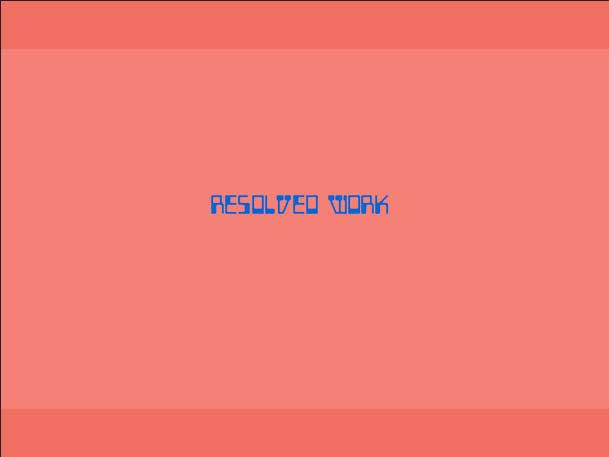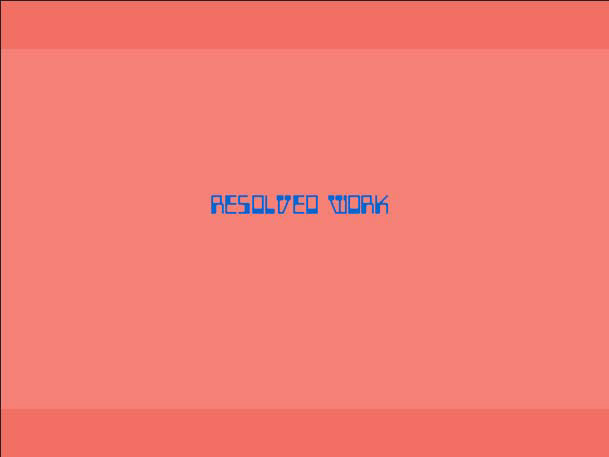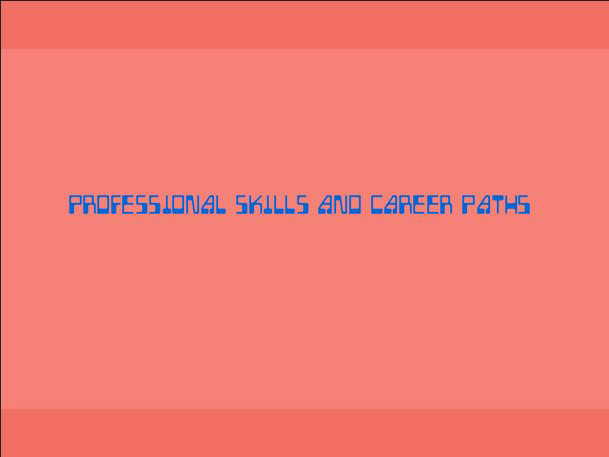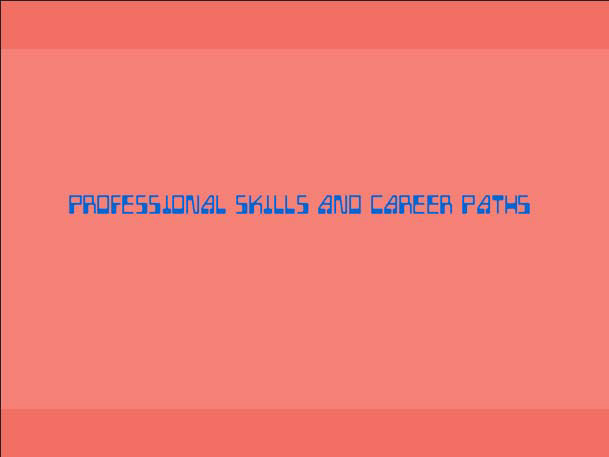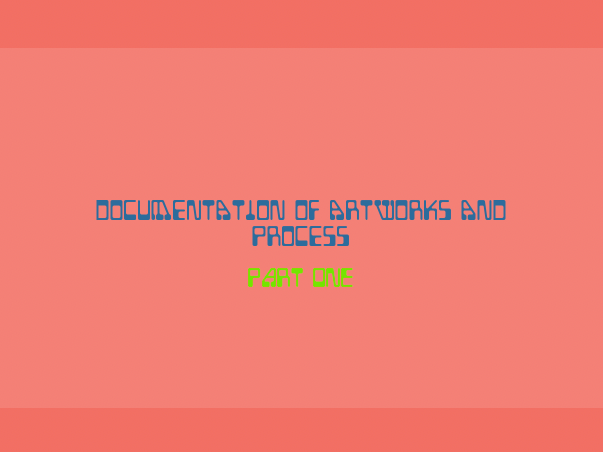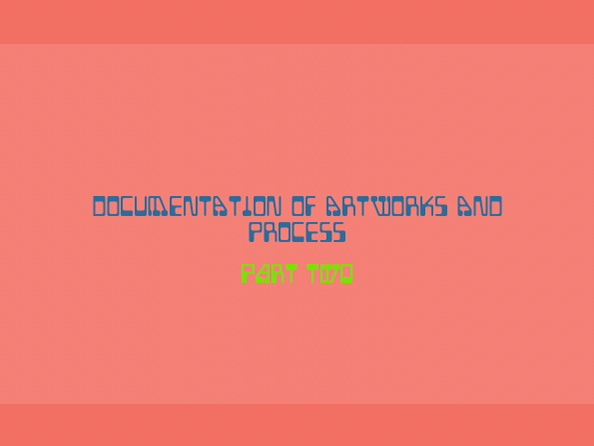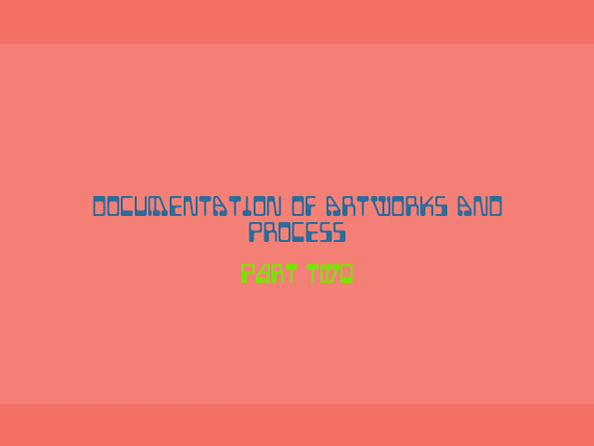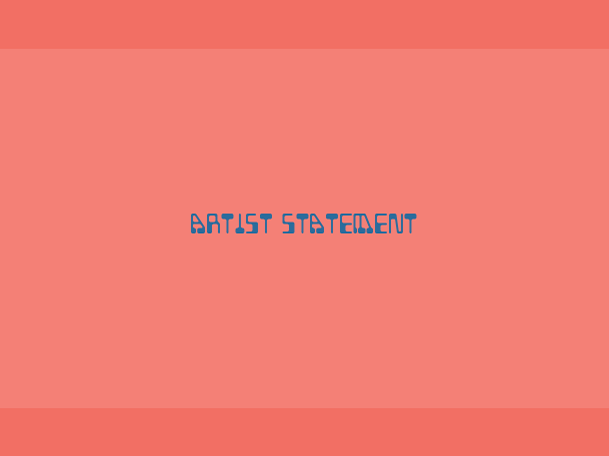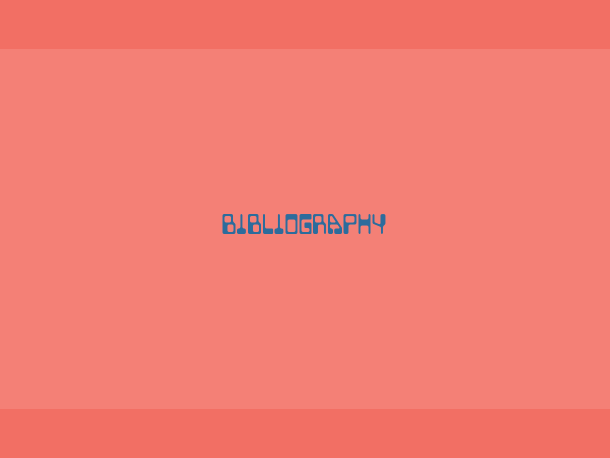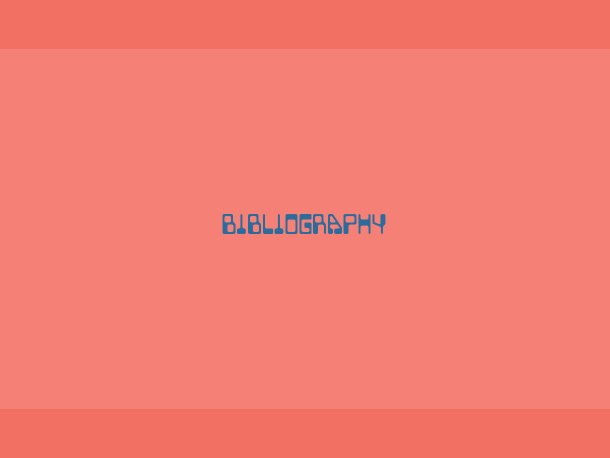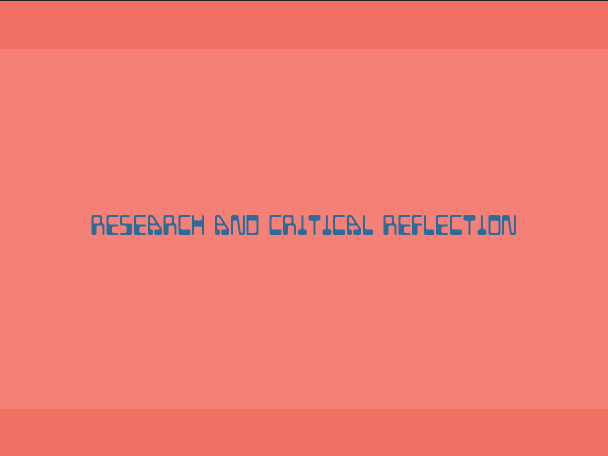Medieval Manuscripts
Whilst previously only ever seeing the British Library manuscripts, Egerton MS 2902, Harley MS 5790, Additional MS 15268 virtually, I was able to see them in real life during this unit of work. Although the documentation of these manuscripts online is extensive, it does not compare to encountering them in real life.
The scale, level of detail, richness, vibrance and variety in colour and the illuminations is hard to replicate as an online experience.
As I am unable to read the text, it functions purely visually; it is indecipherable. Therefore, I can perceive the communication between the text and illumination more clearly than if I were to encounter the text in a language I understood. If I were able to read the text it would interfere, to some extent, with my ability to isolate the visual content. The repeated forms which make up the text provide a relevant understanding and point of reference for the generation of rhythm and creation of my own language of abstract forms. The bold use of colour, abstract forms and definitive line are a useful contextual reference not only in relation to my work in unit 3 but for my practice as a whole.
I made some notes and drawings when encountering these texts.
Egerton MS 2902
There was only one illumination in this manuscript as the text was the main focal point. Throughout red and blue were used as highlights and decorated initials. In the heavily detailed initials, it was hard to distinguish the positive from the negative, as the detail was mesmerising.
Egerton 2902 f.14 Detail
Egerton 2902 f.62 Christ
Harley MS 5790
As with many other manuscripts, the text is surrounded by a thick border. The text was approximately a5 size centred on an a4 page. This manuscript featured red accents to emphasise certain points in the text and draw the viewer in. Additionally, the heavily decorated borders and frames to the images were non-figurative with abstract curving lines. They had a resemblance of botanical and herbal imagery.
Harley MS 5790 ff 88-138
Harley MS 5790 ff 4-84v
Additional MS 15268
This manuscript also used colour to draw attention to certain parts of the text. It alternated between red letter and blue decoration and then blue letter with red decoration. There were two columns of text of each page and the decoration extended into the margin and emphasised the vertical reading on the text. Each decorated initial was very intricately detailed, with multiple thin lines together.
Additional 15268 f. 226 Pyrrus's army with elephants
Additional 15268 f.292 King Jugurtha and King Boctus
Henri Matisse
There are obvious visual parallels between my work and that of Matisse, which have been constant throughout the MA. Matisse’s equal use of the positive and negative of an image and his distinct choice and application of colour run as clear parallels to my own practice. As Labrusse outlines (2002, p. 33), there was an equal importance of all elements in space. These are the two fundamental elements which undoubtedly are relevant and an important parallel in the context of my practice. Additionally, not only is there a shared preference for subject matter but even more specifically, in the form of a fig leaf. Fig leaves are a returning point of reference in my work, mainly because of their bold silhouettes and distinctive shape. Labrusse states (2002, p. 42) that Matisse also was interested by fig leaves for their curves and counter-curves. Like many of the other artist’s I have looked at in relation to my practice, he also took inspiration from early periods in art history. Labrusse affirms (2002, p. 31) that Matisse shared Kelly’s reference to icons and byzantine art in their work. I think this is important when considering not only the visual parallels but also the original sources to the visual parallels. These are not obvious at first to the unknowing eye but provide a useful framework.
Henri Matisse, Snow Flowers, 1951
Ellsworth Kelly
Much like there are clear parallels between my practice and the work of Matisse, this is also true of Kelly’s work. Not only is Kelly’s work an important context for this unit of work but for my practice as a whole. Waldman outlines (1996, p. 12) that Kelly was concerned with producing ‘unique objects’, meaning that every work was different from one another, even if part of a series. This is also similar in my practice as I rarely make the same print twice, even when making risograph images I strive to create as much variation between the different copies as possible.
Additionally, along with the reference to earlier periods in art history there is also equal use of all elements in space and a shared connection between figurative, observational work and larger abstract pieces. Beaupré affirms (2015, p. 123) that Kelly provided the bridge between figurative work and abstraction. When comparing larger abstract work with a plant lithograph, looking at the images side by side, it is obvious to see the similarities between the two. Not only in form, but in the use of line to generate the form.
Ellsworth Kelly, Red White, 1962, oil on canvas
Ellsworth Kelly, Magnolia, 1966, lithograph
Josef Albers, Study for the Homage to the Square: Departing in Yellow, 1964, oil paint on fibreboard
Josef Albers
Contrary to traditional printmaking practice I rarely make the same print twice. I prefer to make different images, emphasising the playful, experimental element of my practice. My work is centred around different themes which develop intuitively. There are no conscious start and end points for the different series, they remain constant threads throughout my practice which I return to. The Homage to the Square is Josef Alber’s signature series, based off different variations of the same compositional arrangement of three of four squares inside each other. For 26 years Albers played with different colours and arrangements within this series. There was no end goal for this series, there was no intended outcome to be reached. Like Albers I create series of work, using different combinations of colour, line and form. Furthermore, within this series, it is evident to see the playful nature of Alber’s use of colour, and the evolution of his preferences over the period in which he made this series.
Sophie Taeuber-Arp
I went to visit the Sophie Taeuber-Arp exhibition at the Tate Modern. The exhibition showcased a large variety of her work, emphasising the multi-disciplinary nature and showing a wide variety of different mediums she used to translate her different ideas. However, from the use of different mediums it still remained evident that it was undeniably her work. Her distinctive aesthetic was translatable across different mediums, and this is something that I emulate in my own practice. Although I have worked with multiple different printmaking techniques, I have not used many different mediums. This is something that I have recently begun to experiment with and explore. It was only at the end of the course that I began to explore more three-dimensional materials – such as using perspex with the laser cutter. Moving forward I wish to try experimenting with new materials, as I work unconstrained.
Installation shot of Sophie Taeuber-Arop exhibition at Tate Modern Gallery, London
Installation shot of Sophie Taeuber-Arop exhibition at Tate Modern Gallery, London
Paul Feeley
Paul Feeley used geometric shapes throughout his work and this was a characteristic feature which he used across different mediums. When looking at his work closely it is clear to see that the geometry referenced is of a handmade quality, which is similar to my approach. My reference to geometry echoes its use in nature, not being strictly mathematical, but this is not noticeable to the naked eye. Darvas affirms (2001, p. 148) that if imperfection is noticeable, then our sense organs make the correction, so that it is not visible. Feeley’s work is characterised by his use of bright colour, simple abstract forms, and systematic balanced compositions, which emulate the harmony I aim to produce.
Paul Feeley, Ed Asich, 1965, oil-based enamel on wood, 188 x 45 x 44 cm
